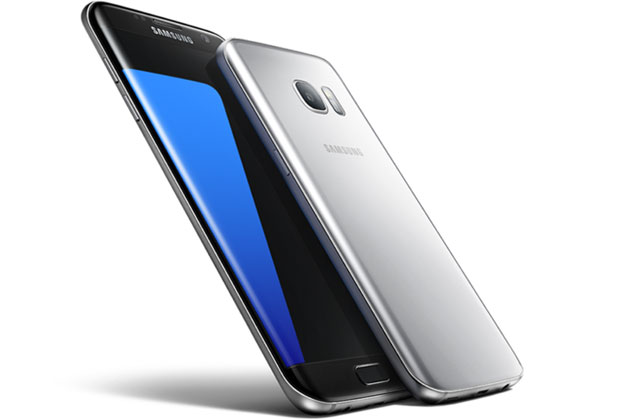
Samsung Electronics reported its biggest operating profit in more than two years, bolstered by brisk demand for its Galaxy S7 smartphones, cost controls and sluggish iPhone sales.
Shares in the world’s largest maker of phones and memory chips rose after it reported operating income of 8,1 trillion won ($6,9bn) in the latest quarter, exceeding the 7,38 trillion won average of analysts’ estimates compiled by Bloomberg and 6,9 trillion won a year earlier.
The results underscore how the South Korean company is defying a slowdown in the smartphone market. Galaxy S7 models, which were timed to go on sale earlier than usual this year, have capitalised on a lull in new iPhones from Apple. That, along with a healthy consumer electronics business, is helping to boost profit margins and make up for declining income in Samsung’s semiconductor business.
“S7 smartphones turned out to be a greater hit than what the market had thought without competing iPhones,” said Lee Seung Woo, an analyst at IBK Securities in Seoul. “Samsung’s end-user products, such as smartphones and TVs, all performed unbelievably well in the first half and looks like they did a lot of cost reduction.”
Shares of Samsung rose by 2% to 1,45 million won in Seoul. The stock has climbed by 15% in 2016, putting it on track for their first annual increase in four years.
Revenue was 50 trillion won in the June quarter, the Suwon-based company said, compared with the 50,9 trillion won analysts expected. Samsung won’t provide net income or break out divisional performance until it releases audited results later this month.
Samsung probably sold 15m units of the S7 in the quarter after shipping 10m in March when it debuted, said Greg Roh, an analyst at HMC Investment Securities in Seoul.
Operating profit at the mobile unit probably rose by 53% to 4,23 trillion won in the second quarter, according to the average estimate of six analysts surveyed by Bloomberg News. Higher sales of the S7 Edge with a wraparound screen, compared with the flat version, along with solid demand for cheaper models, helped earnings grow.
In the absence of a new iPhone, many carriers boosted marketing spending to drive purchases of the S7, shifting the cost of promotion away from Samsung.
“Marketing cost is under control,” said Peter Yu, a Seoul-based analyst at BNP Paribas in Seoul.
Operating income at the semiconductor business probably fell about 25% to 2,55 trillion won in the June quarter on sales of 11,2 trillion won, according to the analyst survey. Slackening demand for PCs and smartphones have pressured chip prices and outweighed rising orders of storage chips from company clients.
The company’s display division, which also makes screens using organic light-emitting diodes, probably posted a profit of 170bn won, reversing from the 270bn won loss recorded in the previous quarter, according to the Bloomberg survey.
Stronger profit from OLED as more smartphone makers adopt the technology helped the make up for losses from liquid crystal displays.
Samsung has held exclusive talks to supply OLED screens for iPhones due in 2017, people familiar with the matter have said. The company may also bring out its own phones with bendable screens as early as next year, people familiar have said.
“Investors expect the smartphone-tablet hybrid device that is made of flexible OLED technology could be a game changer,” Peter Lee, an analyst at NH Investment & Securities said in a 20 June report. “Especially, they seem to have higher hopes on foldable smartphones.”
Continued price declines of LCD panels also propelled sales of televisions. Operating profit at the consumer electronics division, which encompasses TVs and appliances, probably more than tripled to 770bn won, according to the analyst survey.
“I am not sure if the end-user product sales growth can be sustainable throughout the latter half of the year but the component businesses will give a leg up,” said IBK’s Lee. — (c) 2016 Bloomberg LP




